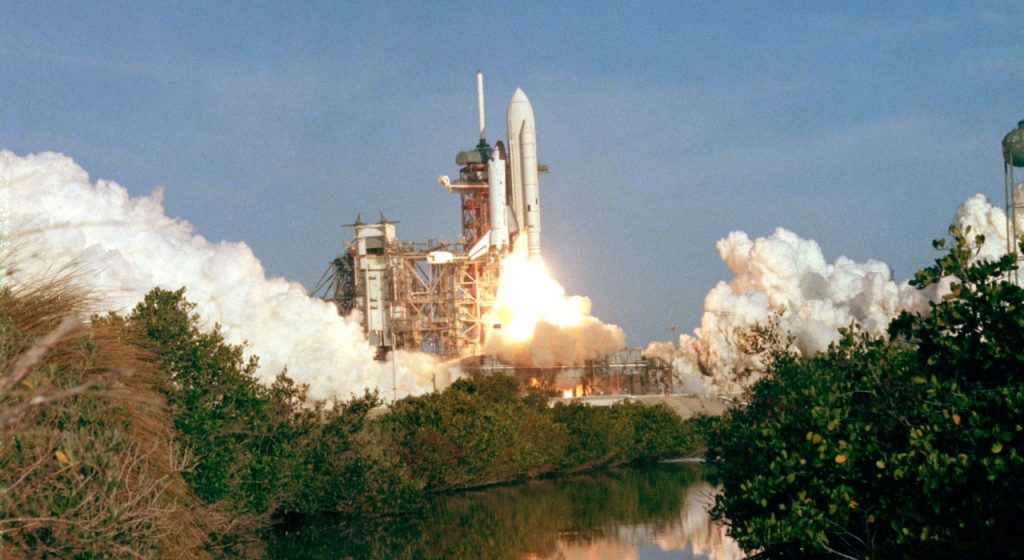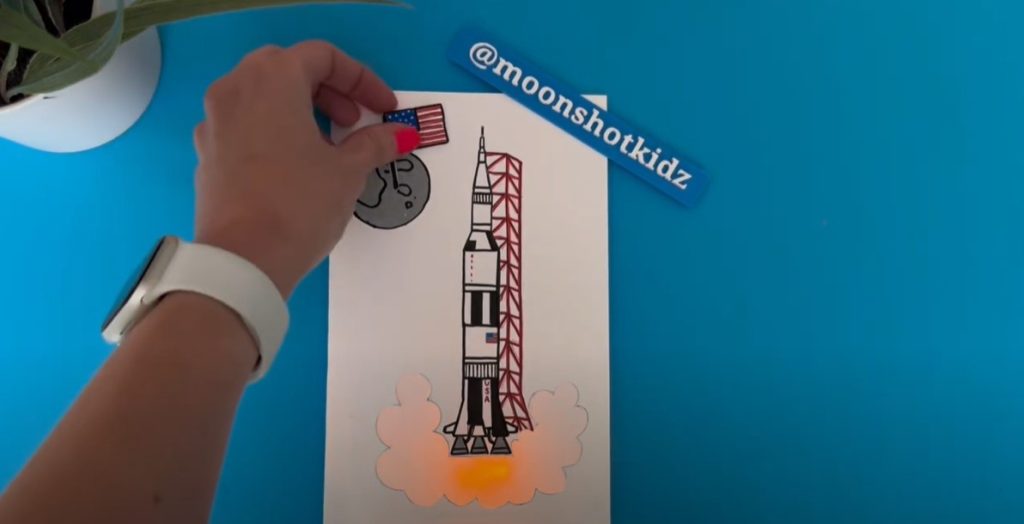
Soon, Curiosity will get a friend on the surface of the red planet. NASA launched its next mission to Mars on May 5: a new lander named Interior Exploration using Seismic Investigations, Geodesy and Heat Transport (abbreviated InSight). InSight will hit the Martian surface Nov. 26. Join us at Space Center Houston to view this space milestone.
The center will have special briefings about the mission throughout the day and will broadcast the landing at various locations. Our Space Explorers will also be on hand to discuss the science of the mission.
In addition to being the first-ever mission to study the heart of Mars, InSight was the first planetary mission to launch from the West Coast when it set off from Vandenberg Air Force Base in California.
What will InSight do?

Set to land in November 2018, InSight will help scientists understand the processes that shaped the rocky planets of the inner solar system more than four billion years ago. This mission is part of NASA’s Discovery Program for highly focused science missions that ask critical questions in solar system science.
InSight will delve deep beneath the surface of Mars, detecting the fingerprints of the processes of terrestrial planet formation, as well as measuring the planet’s “vital signs”: Its “pulse” (seismology), “temperature” (heat flow probe), and “reflexes” (precision tracking).
The InSight mission is similar in design to the Mars lander that the Phoenix mission used successfully in 2007 to study ground ice near the north pole of Mars. The reuse of this technology, developed and built by Lockheed-Martin Space Systems in Denver, CO, will provide a low-risk path to Mars without the added cost of designing and testing a new system from scratch.
The InSight lander will be equipped with two scientific instruments that will conduct the first “check-up” of Mars in more than 4.5 billion years, measuring its “pulse”, or internal activity; its temperature; and its “reflexes” (the way the planet wobbles when it is pulled by the Sun and its moons). Scientists will be able to interpret this data to understand the planet’s history, its interior structure and activity, and the forces that shaped planet formation in the inner solar system.






